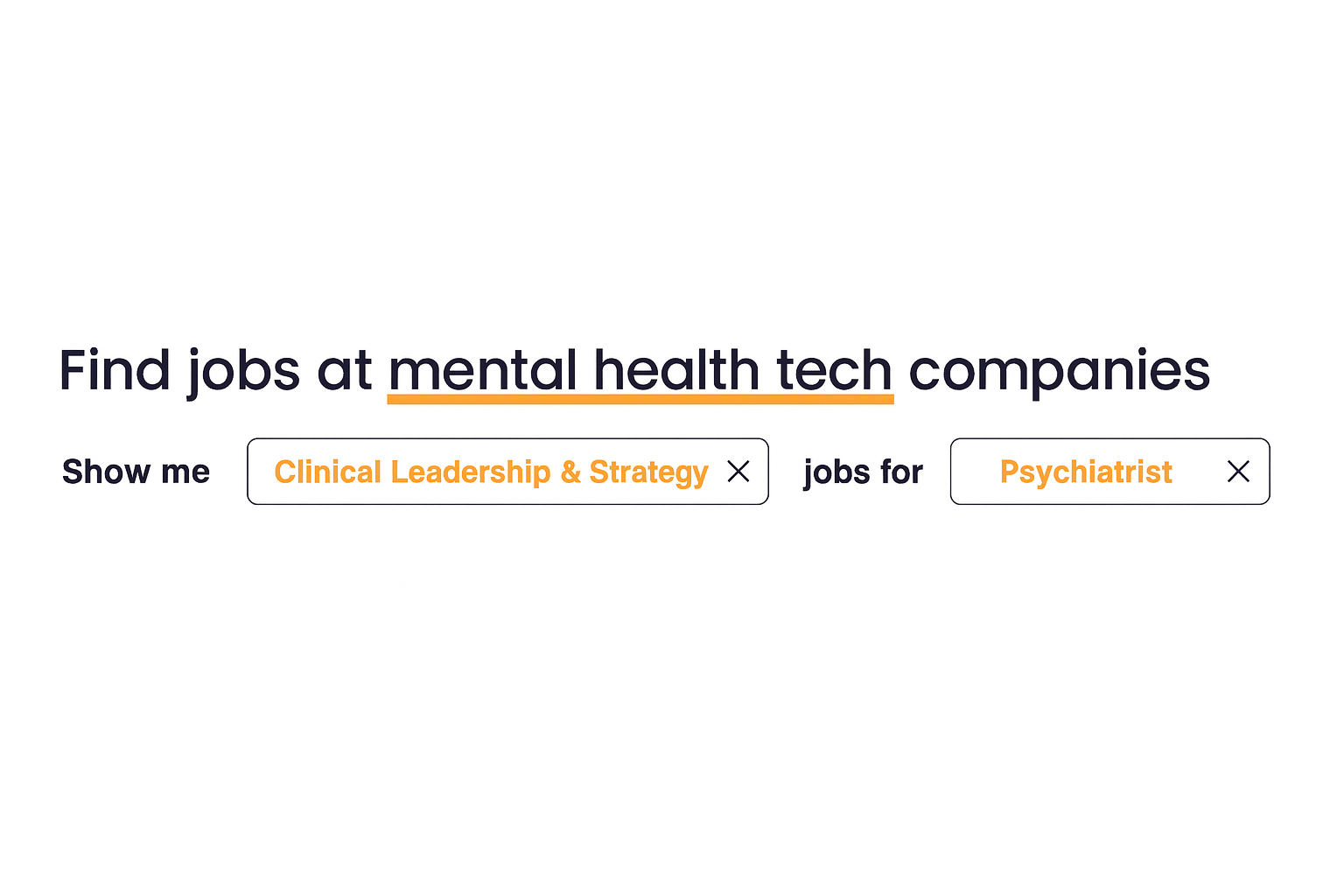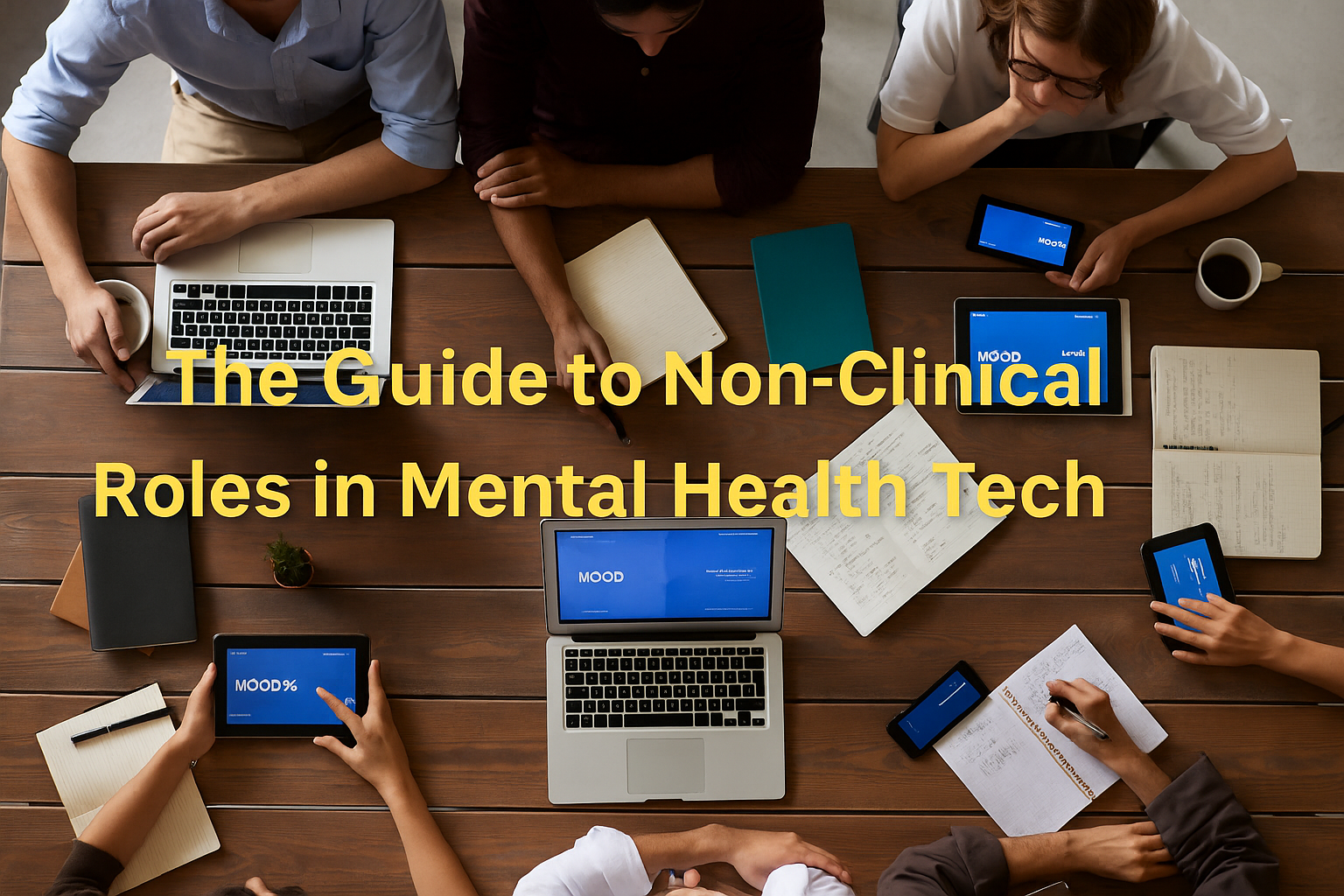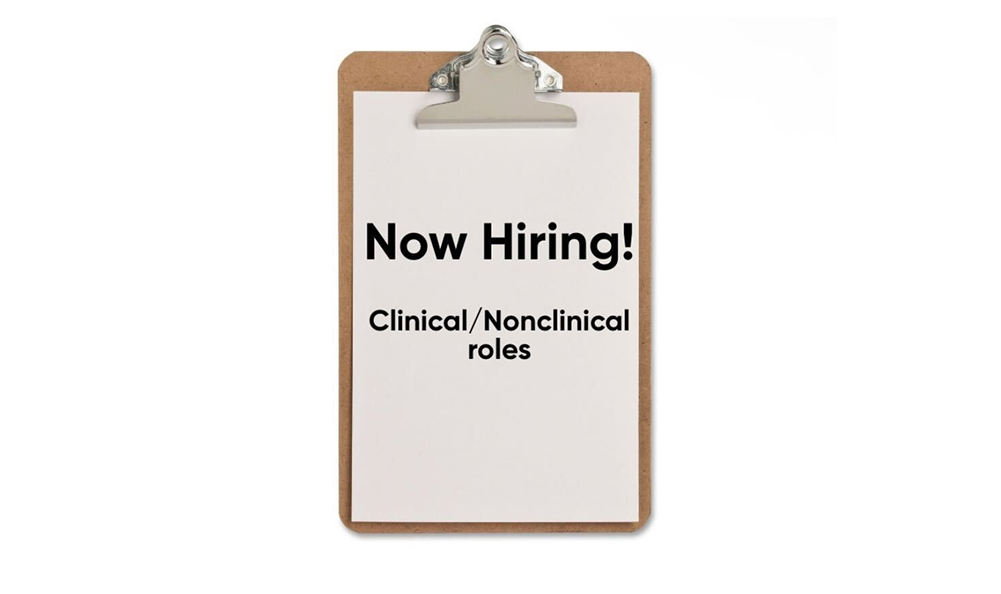From Clinician to Clinical Product: A Journey into HealthTech with Jeff Kashou
When Jeff Kashou traded his therapy office for a product development role at Upheal, he wasn't just changing jobs – he was pursuing a new vision for mental healthcare. As a former clinician who now shapes digital mental health solutions, Kashou is an innovator who speaks both the language of patient care and product development. In this conversation, he shares how his clinical experience informs his approach to healthcare technology and offers guidance for clinicians looking to make their own impact in digital health.
Q: What initially sparked your interest in transitioning from the clinician side to clinical product at Upheal?
A: My interest in health tech goes back to why I became a therapist in the first place. When I was 10, I saw a therapist after my grandfather passed away. It was my first experience with death, and I loved how therapy helped me understand and process emotions. I realized I wanted to help people work through challenges even when they didn’t fully understand them. Throughout my clinical training, I also took on roles involving research, program design, and improving processes. For example, at the Orange County Juvenile Hall, I simplified the intake process by turning a long form into a fillable PDF. This showed me how small changes can have a big impact and improved care. When the opportunity at Upheal came up, it felt like a chance to make a larger-scale impact helping clinicians spend more time with their patients.
Q: How did your clinical background help prepare you for roles in health tech, and which skills translated most effectively?
A: One core philosophy I hold as a clinician is to keep things simple. In clinical product work, that means starting with the fundamentals, understanding the core problem, and building from there. Good therapy starts with identifying the key issue, creating a treatmentplan, and iterating as needed—this is very similar to developing health tech solutions. For instance, during an interview at Mindstrong, I showed how I would train other clinicians by guiding the interviewers through an experiential mindfulness experience. This ability to translate clinical skills into tech is a major advantage.
Q: What additional skills should clinicians focus on to break into health tech?
A: The skills depend on what kind of problems you enjoy solving. For instance, if you enjoy designing things you might focus on service design or user experience. For me, I focused on becoming versatile. I learned enough about software engineering to stay involved in technical conversations and deepened my knowledge of data analytics and AI. I also honed my understanding of product management and the language of product development. Health tech is always evolving, so it’s essential to keep learning to bridge the gap between clinical and product knowledge.
Q: What challenges have you encountered in bridging clinical insights with tech innovation?
A: One challenge is balancing user engagement with clinical relevance. In health tech, especially in behavioral health, it’s not just about making things engaging; it’s about ensuring the solution leads to measurable improvements. With AI, you have to think about the broader implications. For example, an app might have a great AI-assisted journal feature, but what if a user shares that they’re suicidal and there’s no one to monitor it?
Q: How do you ensure privacy and security in your health tech solutions, especially with sensitive data?
A: At Upheal, we prioritize privacy by giving users control over their data. They can choose to share information and manage their privacy settings. For example, we allow users to create anonymous client profiles, and we record and transcribe sessions while maintaining compliance with privacy standards. Our goal is to ensure that our mission is to help clinicians find more balance by reducing the burden of documentation and continue to make clinical documentation a useful tool rather than just a form in a chart. We aim to blend the clinical side with the administrative side to make sure everything clinicians do adds value to their practice.
Q: What are the biggest challenges for providers today, and what are the main pain points?
A: Provider burnout is a major issue, and there are several contributing factors. One big challenge is reimbursement. Insurance-related issues, from getting credentialed to low insurance panels, make it tough to justify treatment. In therapy, unlike in physical healthcare, it’s hard to prove the value of sessions. For example, a physician can easily prove that a patient has a broken arm, but in therapy, it’s difficult to demonstrate why a patient needs 10 sessions versus 8 to address their concern. Documentation is another pain point. Confusion around what needs to be documented creates stress. Streamlining this process and using AI for automated note-taking is helping to alleviate some of this burden, reduce burnout, and make documentation more manageable.
Q: Any final advice for therapists looking to make the jump into health tech?
A: For me, the key was learning how to translate your therapy skills into a language that resonates with the health tech space. Therapists are skilled at identifying problems, creating solutions, collaborating with others, and tracking outcomes. These skills are highly transferable to health tech roles. For example, developing treatment plans in therapy—identifying issues, setting goals, and measuring progress—is similar to identifying problems in healthcare, designing solutions, and evaluating their effectiveness in a tech setting.






